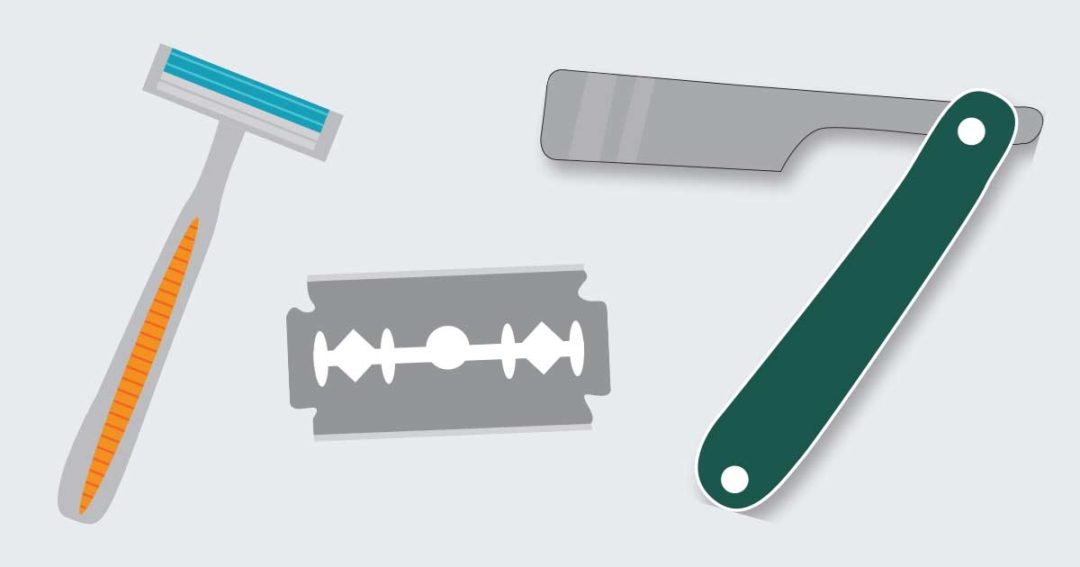
Lending on the razor’s edge
When considering new lending avenues, think through both the product and your own goals.
For some reason, my 2022 bingo card didn’t include “tsunami,” “war in Europe,” or “Russell Wilson traded to Denver for three draft picks and an omelet.”
So much for my chance of winning.
At the start of the year, however, I did have an idea that rates were increasing faster than Elon Musk’s ego. In fact, Goldman Sachs predicts seven interest rate hikes in 2022—one for each of Snow White’s dwarves.
Rising rates are generally a good predictor of slower loan growth ahead. Nobody as of yet has determined a good way to consistently sell the same product for more money—not even Netflix.
In any event, if loan demand falls and the industry remains flush with COVID cash, things may get worse rather than better. This means we’ll all begin looking for that pot of gold, that buried treasure, that winning lotto ticket.
Or, as we call it, “a new product from a vendor you’ve never dealt with who bears a striking resemblance to someone on an FBI most wanted poster.”
Some of these ideas/products will be helpful or even instrumental in serving members. But many will be unproven or even unprovable. How can we tell them apart?
By using a philosophical razor: simple rules of thumb that help us think through complicated problems. When looking at new or enhanced loan products, these razors can help:
Occam’s Razor: “Plurality should not be posited without necessity.” In other words, when confronted with Product A and Product B, both of which promise untold riches, the simplest product (the one with the fewest assumptions) is likely the best.
A good example of this is in marketing when we drill down “a level too far.”
While you may have identified that someone age 36-38 with direct deposit living in their own house at least five years who has a goldendoodle named Sammie is the perfect candidate for a home equity line of credit, perhaps you should limit your query to just people who own homes.
Sagan’s Razor: “Extraordinary claims require extraordinary evidence.” Named after astronomer Carl Sagan, this idea examines big claims and challenges observers to ensure big evidence supports these claims.
Is the forecast for a 20% lift in lending? Has someone had this lift and can attribute it solely to the product or idea you’re looking at?
Hitchen’s Razor: “What can be asserted without evidence can also be dismissed without evidence.” This is the classic line, “we all know X leads to Y.” But if you think about it, are X and Y even related?
This is sometimes called the correlation or causation game. One assumption we believe, for example, is that a draft or checking account leads to more accounts. But does it create more accounts or does it simply come after the member has, say, an auto loan with you?
Hanlon’s Razor: “Never attribute to malice that which can be adequately explained by incompetence or stupidity.”
When a product doesn’t work or isn’t selling well, it’s not because somebody did something wrong. Rather, it’s probably an issue with how it was designed, implemented, or how you bought it.
James’ Razor: “Given enough time and vendor energy, the needs of the organization and the perceived benefit of a solution will meet.” The more you want something, the higher the chance you will bend your needs to match an offering and the more that offering will twist to meet your needs—regardless of whether it actually works.
Lending in this environment will take skill and thought to ensure you make good decisions.
Niche lending, targeted offers, and product add-ons are especially beneficial as they avoid the battle to be the “lowest price out there” and the longer-term damage that can bring.
As you look for new avenues, think them through and ask questions not only about the product or idea but also about your own goals.
JAMES COLLINS is president/CEO at O Bee Credit Union in Lacey, Wash.
This article appeared in the Summer 2022 issue of Credit Union Magazine. Subscribe here.